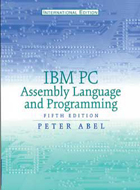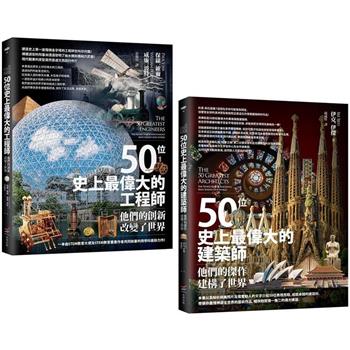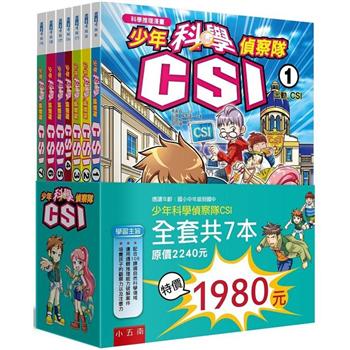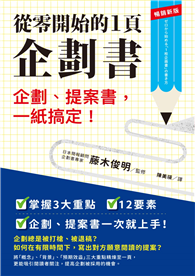Abel has designed the text to serve as both tutorialand reference, covering a full range of programminglevels so as to learn assembly language programming.Coverage starts from scratch, discussing the simpleraspects of the hardware and the language, thenintroduces technical details and instructions as theyare needed.
| FindBook |
有 1 項符合
IBM PC ASSEMBLY LANGUAGE AND PROGRAMMING 5/E的圖書 |
 |
IBM PC ASSEMBLY LANGUAGE AND PROGRAMMING 5/E (PIE) 作者:ABEL 出版社:全華圖書 出版日期:2001-01-20 語言:英文 規格:平裝 / 546頁 / 普通級/ 單色印刷 / 初版 |
| 圖書館借閱 |
| 國家圖書館 | 全國圖書書目資訊網 | 國立公共資訊圖書館 | 電子書服務平台 | MetaCat 跨館整合查詢 |
| 臺北市立圖書館 | 新北市立圖書館 | 基隆市公共圖書館 | 桃園市立圖書館 | 新竹縣公共圖書館 |
| 苗栗縣立圖書館 | 臺中市立圖書館 | 彰化縣公共圖書館 | 南投縣文化局 | 雲林縣公共圖書館 |
| 嘉義縣圖書館 | 臺南市立圖書館 | 高雄市立圖書館 | 屏東縣公共圖書館 | 宜蘭縣公共圖書館 |
| 花蓮縣文化局 | 臺東縣文化處 |
|
|
內容簡介
目錄
Preface.
Part A.FUNDAMENTALS OF PC HARDWARE AND SOFTWARE.
1.Basic Features of PC Hardware.
2.Intruction Addressing and Execution.
3.Examining Computer Memory and Executing Instructions.
Part B.FUNDAMENTALS OF ASSEMBLY LANGUAGE.
4.Requirements for Coding in Assembly Language.
5.Assembling, Linking, and Executing a Programs.
6.Symbolic Instructions and Addressing.
7.Program Logic and Control.
Part C.VIDEO AND KEYBOARD OPERATIONS.
8.Introduction to Video and Keyboard Processing.
9.Video Systems.
10.Keyboard Operations.
Part D.DATA MANIPULATION.
11.Processing String Data.
12.Arithmetic I: Processing Binary Data.
13.Arithmetic II: Processing ASCII and BCD Data.
14.Defining and Processing Tables.
Part E.ADVANCED INPUT/OUTPUT.
15.Facilities for Using the Mouse.
16.Disk Storage I: Organization.
17.Disk Storage II: Writing and Reading Files.
18.Disk Storage III: INT 21H Functions forSupporting Disks and Files.
19.Disk Storage IV: INT 13H Disk Functions.
20.Facilities for Printing.
Part F.SPECIAL TOPICS.
21.Defining and Using Macros.
22.Linking to Subprograms.
23.Program Loading and Overlays.
Part G.REFERENCE CHAPTERS.
24.BIOS Data Areas, Interrupts, and Ports.
25.Operators and Directives.
26.The PC Instruction Set.
APPENDICES
A.Conversion between Hexadecimal and Decimal Numbers.
B.ASCII Character Codes.
C.The DEBUG Program.
D.Reserved Words.
E.Assembling and Linking Programs.
F.Keyboard Scan Codes and ASCII Codes.
Index.
|











